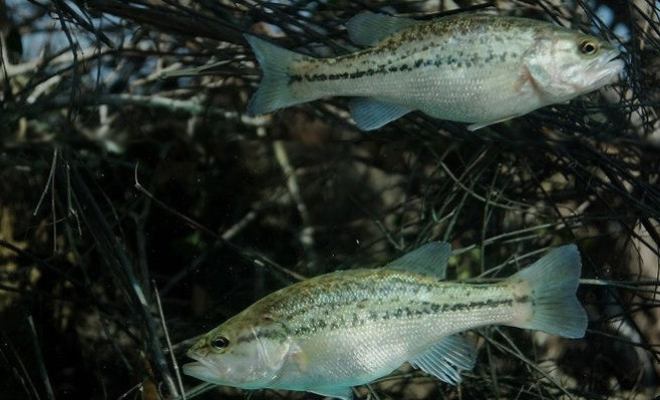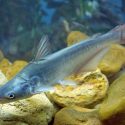 If the average person heard the term “fish stocking” they might wonder if it had to do with Christmas (hanging a stocking by the fireplace) or fashion (fishnets anyone?)… but for those who like fishing and/or have ever been to a hatchery, like Kenneth Henneke Fish Hatchery in Hallettsville, Texas, they’re familiar with the term as it relates to releasing fish bred in hatcheries into the wild.
If the average person heard the term “fish stocking” they might wonder if it had to do with Christmas (hanging a stocking by the fireplace) or fashion (fishnets anyone?)… but for those who like fishing and/or have ever been to a hatchery, like Kenneth Henneke Fish Hatchery in Hallettsville, Texas, they’re familiar with the term as it relates to releasing fish bred in hatcheries into the wild.
The Purpose of Fish Stocking
Just like a grocery store’s shelves are stocked with food and drinks, ponds, streams, rivers and lakes are stocked with fish. Fish stocking is a fish management tool to help control what fish are introduced where and when so that the ecosystem is balanced, sustainable and healthy. Think of it this way: if you had your own aquarium and you overstocked it with too many fish, some or all of them might die, right? That same principle works with bodies of water in the wild.
Guidelines for Fish Stocking
Most municipalities have rules and guidelines for fish stocking. It’s a delicate matter to decide what kinds of fish should go where and when…and in what quantities. For example, say you’re a town that thrives on tourists coming there to fish for trout in the local river. You’d want to know lots of details about that particular body of water. Does it offer new fish enough food to survive? Is there adequate plant cover? How’s the pollution in the area? Are fish dying from a certain disease locally? About how many trout live in the river at this time? Can the river support more, and if so, about how many if the town were to acquire new trout and introduce them into their river? Would cross-breeding occur?
Fish Stocking Selection
Generally, if a certain type of fish seems to be thriving in a particular body of water then it’s assumed that body of water can handle more of them via fish stocking. Fishermen’s catches can be monitored to keep tabs on how many fish are being taken out of their environment. Basically, those involved with fish stocking always have to take into account a body of water’s “carrying capacity,” which is the number of living organisms (fish, of course) that a particular area can sustain in a healthy way. Bad things happen when a place is overstocked– just like when too many people crowd into small spaces.
Ideal Times to Stock Fish
Finally, fish stocking tends to be done at certain times of the year when weather and temperature conditions are ideal. For instance, most fish stocking takes place when water temperatures are low and there’s an abundance of oxygen in the water. Cooler temperatures mean there are less parasites in the water and less risk of disease.

